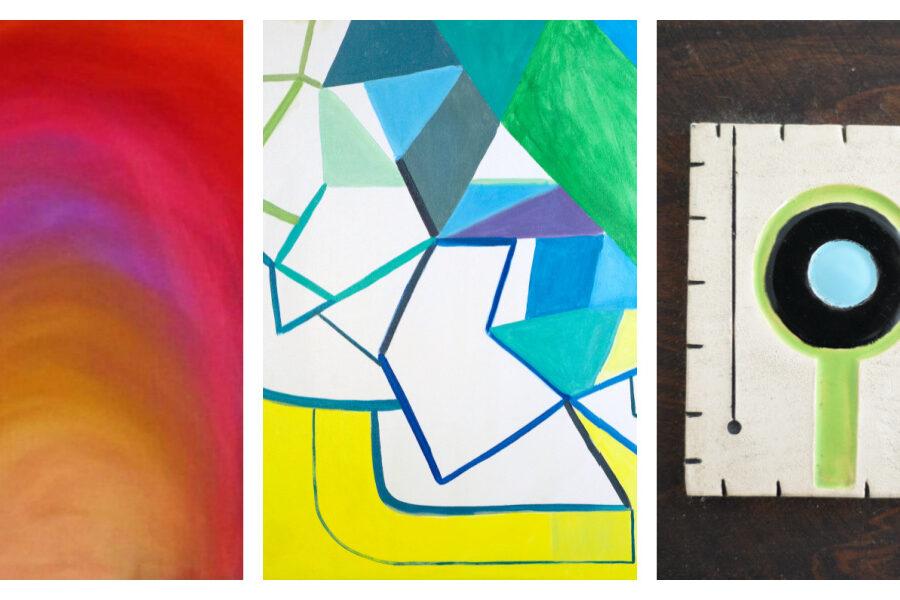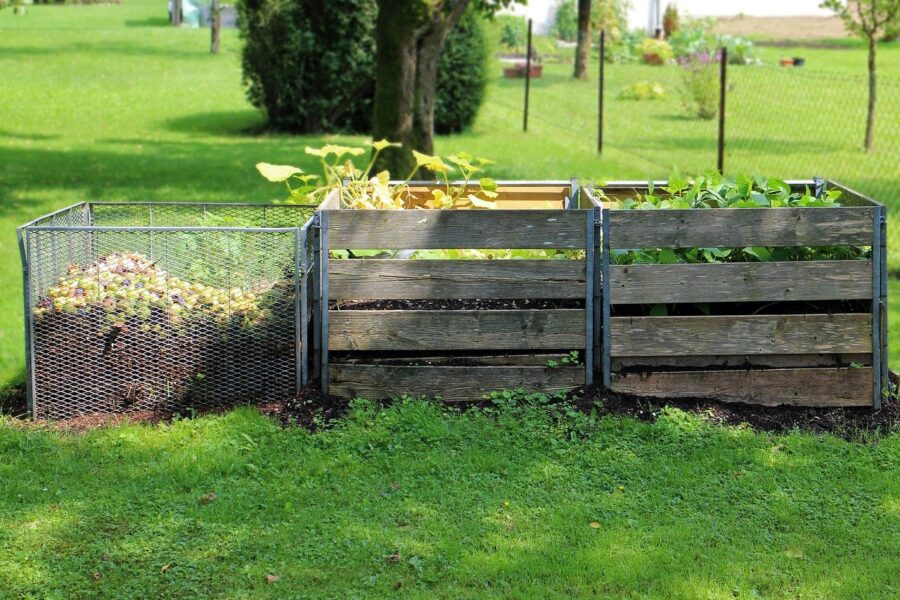Theo Emery is a self-described bird nut, which can’t really be separated from his love of the natural world or his enthusiasm for nature-based science education.
After graduating from high school, Emery led a semi-nomadic lifestyle, doing trail work, holding leadership and teaching positions in a variety of outdoor programs, conservation and nature-based education organizations, and much more. Eventually, he decided to go back to school for his undergrad, a dual BA/BS at Evergreen College in Olympia, WA. Toward the end of his studies, Emery’s mother was diagnosed with ALS. It was around the same time that he became really interested in birds as a “coping mechanism,” he says. It was the striking, clear call of a song sparrow across the Puget Sound that initially captured his fascination. Upon graduating, he traveled in Latin America and the US, teaching and learning about birds. He started doing fieldwork, grueling and competitive work such as bird banding and being a point specialist, for which one must be able to identify species immediately on sight (in one area in the Great Plains it was 325 species). As his mother became more ill, he returned home to care for her, a time he recalls as precious as well as formative in the evolution of his work as an educator. He and his mother talked at length about his plans for the future, and she shared with him that she’d always thought his strengths were in teaching.
Following his mother’s death, he began following birds on their ancestral migratory routes – “You move north with spring, chase spring, move south with summer, and then chase fall,” he says. He followed blackpoll warbler, hermit warbler, buff breasted sandpiper, salt marsh sparrow, and giant wren, to name a few. You might imagine that his Instagram account, @wind.and.wing has… a few followers, presumably photography mentees and fellow bird enthusiasts who appreciate his gorgeous nature photos. He describes becoming enchanted by certain species, following them on their migration routes, and sticking around to “hang out” with them. While he tends to use informal instead of scientific language, one gets the sense that his study of the birds he spends time “getting to know” is both meticulous and thorough. Eventually, he made his way to Costa Rica, which acts as a funnel point for migrating birds from all over the US and Canada. Costa Rica was where he weathered the worst of the pandemic, and also where he began his course of study at Antioch University New England, from a glitchy tablet in a small Costa Rican village under lockdown.
Currently embarking on his second year of AUNE’s MS in Environmental Studies, Science Teacher Licensure program, Emery’s next career phase includes plans to teach high school science. As a former high school dropout (he eventually graduated from a horticulture program at a vocational/ tech school in his hometown of Toledo, OH) there’s something of the wounded healer about this goal; the return to a historically challenging space to facilitate a different type of learning experience than the one he experienced as a student. While he has held teaching and leadership roles in the fields of ornithology and naturalist study for years, the program at AUNE, and specifically his mentor/ teacher Gopal Krishnamurthy, PhD, is opening up new and exciting educational approaches for him. Critical Exploration is a teaching approach developed by Eleanor Duckworth and derived from Jean Piaget’s clinical interviewing. Here the subject matter forms the authority from which the children take their own thoughts further rather than trying to (for example) answer a teacher’s question “correctly” within an expected framework. Teachers build direct and deepening engagement with phenomena and draw out the children’s developing understanding.
Detraining the Conditioned Mind
Emery’s use of accessible language i.e. “hanging out with birds” rather than observing or studying them, is one aspect of this approach in action. “By removing nomenclature from curriculum, getting rid of scientific buzzwords, we detrain the conditioned mind,” he says. “By eliminating expectations, we uncover what is underneath, and exploration becomes dominant.” For students who have a difficult time in classroom settings, who struggle with conventional methods of education, critical exploration and the idea that there are infinite “right answers” and limitless potential for exploration of a topic, could mean the difference between failing and thriving in school.
While he envisions including ornithology as a part of his curriculum in future teaching roles, Emery’s main goal is to facilitate a learning environment that builds on students’ interests and explorations.
As a vocal or linguistic ornithologist (a birder specializing in soundscape ecology), Emery makes sound maps as part of his study of a species and habitat. This involves sitting in one spot and marking off the listener/observer’s location at the center of the map. Then, sounds are indicated on the map as they arise – birdsong, lawnmower, squirrel chatter, etc. From this information, over time, one can get a sense of what’s happening in the area; a neighborhood cat harassing a nest, crows chasing off a hawk, messages passed between birds of the same species, and something called eavesdropping, which is birds listening across species lines for information. He’s recently been getting deeper into reading habitat as a way to identify birds. For example, hemlock at a certain elevation would likely indicate the presence of the Blackburnian warbler, a migratory black and orange songbird with a high-pitched call. In a sense, a sound map seems an appropriate metaphor for the collaborative teacher-learner approach emerging from the Science Teacher Licensure program – expansive, open-ended, informative, inclusive, and endlessly interesting.





